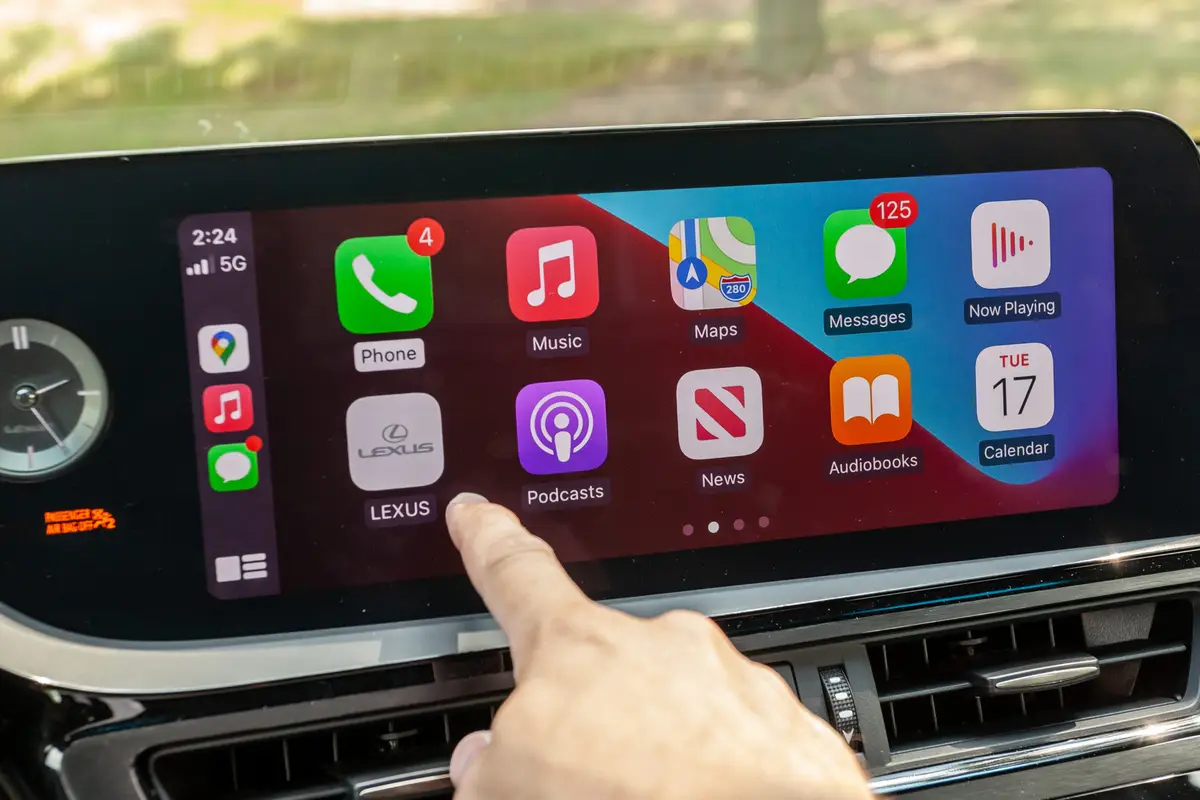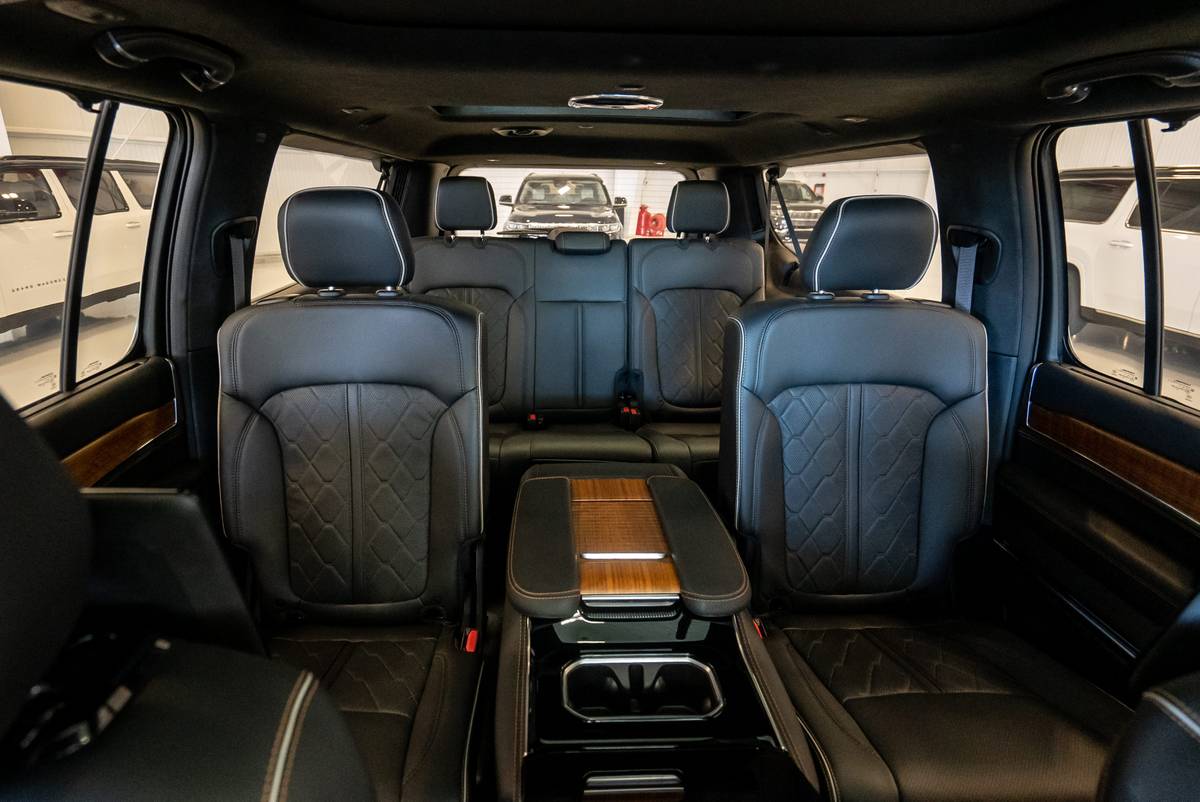chicagotribune.com's view
“We haven`t had a mini-van for 5 years.“
That`s how Robert McCurry, executive vice president of Toyota Motor Sales U.S.A., sums up the vehicle carrying a Toyota nameplate that`s been posing as a mini-van in this market since 1984.
The Toyota van had the style, grace and technological advancement of acovered wagon. If consumers had been given a choice, the covered wagonprobably would have been preferred.
Toyota`s van imposter was built for the narrow roadways in its homecountry and not the high-speed highways here.
Front-seat occupants had to crawl over the wheelwells to enter thevehicle and then be treated to sitting over the axles once inside.
It was noisy, sluggish and easily buffeted by the wind because thewheelbase was microscopic while the center of gravity was too high. Servicemeant tearing apart the interior to get at the engine.
Consumers under the impression that “If it`s a Toyota, it`s got to begood“ soured on the machine. Image-conscious Toyota suffered a setback.
Enter the 1991 model Previa, which means “preview“ but just as wellcould have been called the “Pardon Me“ in atonement for all that was wrongwith the vehicle that preceeded it. This is a mini-van designed in the U.S.and not Japan.
The rear-wheel-drive Previa is offered in Deluxe and LE trim levels andin four-wheel-drive, or All-Trac, as Toyota calls it, in both versions. Wedrove the LE minus All-Trac.
For starters, the wheelbase swelled to 112.8 inches from the miserly 88inches while overall length has been extended to 187 inches from 175.8 inches.That means room where none had been before. You step inside without having to climb a wheel well. It also means you no longer sit over the axles so that theharsh ride and unruly handling of the former van has been considerably toneddown.
To eliminate the sluggishness, a fuel-injected, 2.4-liter, 16-valve, 138- horsepower, 4-cylinder engine is standard in Previa. The old van had a 2.2-liter, 101-h.p. 4-cylinder. The 2.4 is teamed with either a 5-speed manualor a 4-speed automatic in Deluxe versions, a 4-speed automatic only in LEversions.
The 2.4 is quick. There was no problem moving the 3,400 pounds of weight, thanks to an engine design in which 90 percent of the maximum torque becomesavailable starting at 1,200 r.p.m. Previa hustles. The EPA rating is 18 miles per gallon city/22 m.p.g. highway.
Toyota officials boast that they had eight primary objectives in mindwhen the Previa was designed and developed: a large enough interior to handle a 4×8 sheet of plywood; walkthrough space among the rear seats; easy entry andexit; bold styling; improved safety; easy garage-ability; excellentserviceability; and good performance and handling.
When you compare those features with the van Previa replaces, itfullfills all the requirements. But Previa isn`t the best mini-van on themarket. Let`s look at those eight obje ctives.
Interior: Previa offers a variety of seating patterns for five to sevenpassengers. Our vehicle sat six in a 2-2-2 mode. The third seats in back areunique in that you pull a cord to release the back into a prone or bed-likeposition, then press a button to fold the entire seat up against the vansidewall. One seat folded very easily, the other was a chore. Rather than pop out the seats you pop them up out of the way in order to handle that plywood. Walk through: Accomplished without trouble.
Entry and exit: Though you sit rather tall in the saddle, there`s nodifficulty stepping into or out of the van. The side door easily slid open to service the rear seats and the hatch lid wasn`t too cumbersome for luggageloading.
Styling: The sheetmetal is round and aero and very similar to that on the new plastic-bodied GM mini-vans. The body shape struck us somewhat knockwurst-like. Behind the wheel the Previa design is similar to that in the GMminis. The ash is large, but still about a foot shorter than the much toohuge space in the GM vans.
Safety: Both the four-wheel-drive mode and antilock brakes (a hefty$1,130 on the LE and LE All-Trac only) contribute to safety. The lengtheningof the body provides greater crush space between occupants and anything theymight hit as well. Air bags are not available, however. And the head rests on the third seats in back are rather large and partially obstruct rear vision.
It fits in the garage.
Serviceability: The engine is housed under the front seats and reachableby popping the driver`s seat. When you lift the hood you get access to allfluids-oil, transmission, power steering, power brakes and the like.
Performance and handling: There are no qualms with the 2.4-liter four but handling leaves a bit to be desired. The van tended to wander on the road and wind gusts had a tendancy to slap the sides with sufficient force to make you hang onto the wheel. Previa has far better manners than the van it replaces,but the Chrysler and GM mini-vans get the nod for best overall ride andhandling. And while aero-shaped, when you lower the window on the Previa youget wind noise and disturbance that you don`t get from the GM plastic vans.
Standard equipment in the LE includes power brakes and steering, dualmirrors, tinted glass, digital clock, all season radials, rear windowdefogger, AM-FM stereo, intermittent wipers, tilt-out rear windows, powerlocks, cruise control, tilt wheel, dual cupholders front and rear, and dualair conditioning front and rear.
Base price of the Deluxe is $13,998 with 5-speed, $14,748 with automatic. The LE starts at $18,698 with automatic only. The All-Trac Deluxe starts at$16,608 with 5-speed, $17,448 with automatic. The All-Trac LE starts at$21,308.
Our LE test vehicle with options stickered at $21,747. Freight is anextra $265.
Latest news



